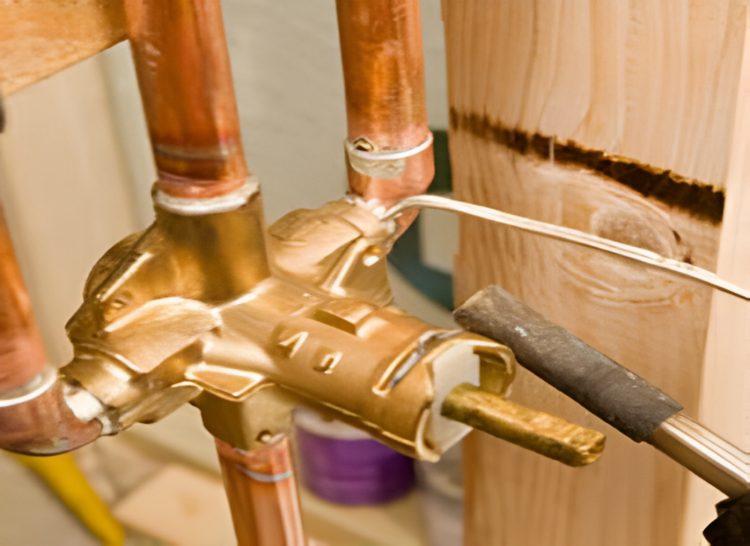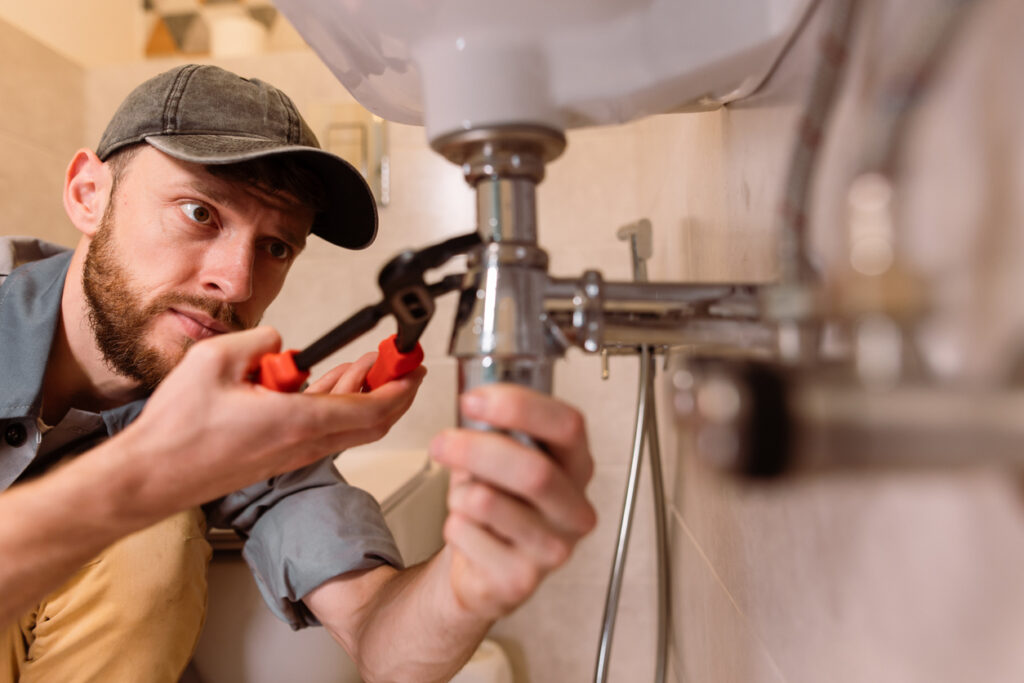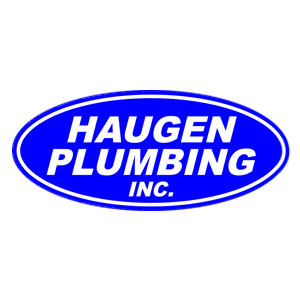When it comes to plumbing maintenance, angle stop replacement is a crucial task that Oceanside homeowners should not overlook.
Corroded angle stops can lead to water leaks, damage, and costly repairs if left unaddressed.
In this comprehensive guide, we’ll cover the signs of a deteriorating angle stop, the replacement process, and the importance of this maintenance task for Oceanside residents.

Common Signs of Corroded Angle Stops in Oceanside Homes
Identifying a corroded angle stop early on can save you from more severe plumbing issues down the line.
Some visible indicators of corrosion include:
- Discoloration or rust on the valve body
- Visible water leaks or drips
- Unusual water pressure drops
Oceanside’s coastal environment and mineral-rich water can accelerate corrosion, making regular inspections essential for homeowners in the area.
| Sign | Description | Severity |
|---|---|---|
| Discoloration | Yellowing or browning of the valve body | Moderate |
| Rust | Reddish-brown corrosion on the surface | High |
| Water leaks | Visible drips or puddles near the valve | High |
The Process for Replacing an Angle Stop
Replacing an angle stop can be a manageable task for handy homeowners, but it’s essential to follow the proper steps and use the right tools.
Here’s a basic overview of the angle stop replacement process:
- Turn off the main water supply to your home
- Drain the remaining water from the pipes by opening a faucet
- Use an adjustable wrench to remove the old angle stop
- Clean the pipe threads and apply plumber’s tape
- Install the new angle stop and tighten securely
- Turn the main water supply back on and check for leaks
When selecting replacement parts, opt for high-quality, durable materials to ensure longevity and prevent future corrosion.
| Material | Pros | Cons |
|---|---|---|
| Brass | Durable, corrosion-resistant | More expensive |
| Plastic | Affordable, lightweight | Less durable, prone to cracking |
| Chrome-plated | Attractive finish, corrosion-resistant | Plating can chip or wear off |
Ensuring Proper Water Shut-Off During Angle Stop Replacement
One of the most critical aspects of angle stop replacement is ensuring a complete water shut-off to prevent flooding and water damage.
To do this effectively:
- Locate your home’s main water valve and turn it off fully
- Test the shut-off by turning on a faucet; water should stop flowing
- Place a bucket or towel beneath the work area to catch any residual water
Oceanside’s older homes may have challenges with aging plumbing systems, so it’s crucial to exercise caution and consider professional assistance if you encounter difficulties.
| Shut-off Step | Purpose | Consequence of Failure |
|---|---|---|
| Turn off main valve | Stop water flow to the entire home | Flooding, water damage |
| Test shut-off | Confirm water flow has stopped | Unexpected leaks or drips |
| Place bucket or towel | Catch residual water | Water spillage, slips, or falls |
Matching New Angle Stops to Existing Plumbing
When replacing an angle stop, it’s essential to choose a compatible valve that matches your existing plumbing setup.
Mismatched parts can lead to leaks, poor performance, or even damage to your plumbing system.
Consider the following factors when selecting a new angle stop:
- Pipe size and material (e.g., 1/2-inch copper, 3/8-inch PEX)
- Valve type (e.g., compression, threaded, push-fit)
- Finish (e.g., chrome, brushed nickel, oil-rubbed bronze)
Matching the finish of your new angle stop to your existing fixtures can help maintain a cohesive look in your bathroom or kitchen.
| Compatibility Factor | Importance | Potential Issue |
|---|---|---|
| Pipe size and material | High | Leaks, poor fit |
| Valve type | High | Improper connection, leaks |
| Finish | Medium | Aesthetic mismatch |
Why Replacing a Corroded Angle Stop Matters for Oceanside Homeowners
Addressing corroded angle stops promptly is crucial for Oceanside homeowners to prevent water damage, mold growth, and costly repairs.
By replacing a deteriorating valve, you can:
- Prevent leaks and water waste
- Extend the life of your plumbing fixtures
- Maintain proper water pressure and flow
- Avoid more extensive repairs due to neglect
Oceanside’s coastal climate and mineral-rich water can accelerate corrosion, making angle stop replacement a priority maintenance task for local homeowners.
Regularly inspecting and replacing corroded valves can save you time, money, and stress in the long run.

Frequently Asked Questions
What are the signs that my angle stop needs to be replaced?
Common signs that your angle stop needs replacement include visible discoloration or rust on the valve body, water leaks or drips, and unusual water pressure drops. If you notice any of these indicators, it’s essential to address the issue promptly to prevent further damage.
How do I replace an angle stop valve properly?
To replace an angle stop valve, turn off the main water supply, drain the pipes, remove the old valve using an adjustable wrench, clean the pipe threads, apply plumber’s tape, install the new valve, and turn the water back on. If you’re unsure about any step or encounter difficulties, it’s best to consult a professional plumber.
What precautions should I take to ensure a secure water shut-off when replacing an angle stop?
To ensure a secure water shut-off during angle stop replacement, locate your home’s main water valve and turn it off completely. Test the shut-off by turning on a faucet; water should stop flowing. Place a bucket or towel beneath the work area to catch any residual water. Exercise caution with older plumbing systems and consider professional assistance if needed.
Can I install new angle stops that will match my current plumbing setup?
Yes, you can install new angle stops that match your current plumbing setup by considering factors such as pipe size and material, valve type, and finish. Choosing compatible parts ensures proper function and helps maintain a cohesive aesthetic in your bathroom or kitchen.
What problems can arise if a corroded angle stop is left in place?
If a corroded angle stop is left in place, it can lead to water leaks, wasted water, poor water pressure, and potential damage to your plumbing fixtures and home. In Oceanside’s coastal climate, neglecting to replace corroded valves can result in more extensive and costly repairs down the line.

